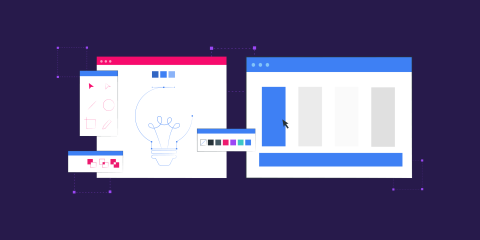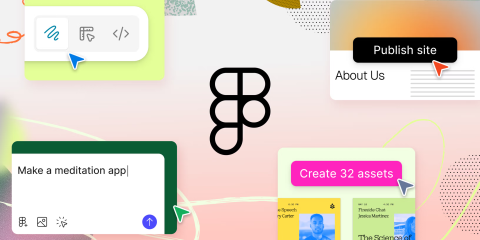Designing Trust: Why UX is Reshaping Voluntary Insurance Portals

Voluntary insurance has long existed at the intersection of logic and emotion. It's not mandated, and it’s not always visible. But when life throws a curveball, it becomes the difference between security and uncertainty.
For years, these supplemental benefits—ranging from accident and critical illness coverage to pet and identity theft insurance—were seen as “nice-to-haves.” Today, they are increasingly recognized as essential tools for building financial resilience. But there’s a catch: if the experience of learning about, evaluating, and enrolling in these benefits is confusing or cumbersome, most people will opt out. And that’s where user experience (UX) becomes mission-critical.
Insomniac Design reimagines how digital experiences in the these spaces, like Voluntary Insurance – are crafted—not just to inform but to empower decision-making through design.
The Psychology Behind Opt-In Decisions
Voluntary benefits aren’t one-size-fits-all. They rely on personal perception of risk and financial priorities, which vary widely by demographic. Someone who’s lived through a significant health crisis may jump at the chance for critical illness coverage. A 25-year-old with a healthy lifestyle might wonder if pet insurance makes more sense.
These choices are emotional and financial, where users do mental math while processing emotional “what if” scenarios. Good UX doesn’t force the decision; it guides and contextualizes it. It builds confidence through clarity.
Our experience designing platforms across industries, including e-commerce, has taught us that understanding the full spectrum of user needs—across generations, risk appetites, and financial mindsets—is crucial. If the experience speaks only in clinical terms or assumes financial literacy, it creates distance. If it simplifies too much, it risks losing trust.
Why Cross-Industry Experience Matters
There’s a tendency in health and insurance to lean heavily on industry precedent. But often, that’s the very thing holding innovation back. Voluntary insurance platforms must adopt lessons from e-commerce, digital banking, and wellness tech—industries that have mastered personalization, guided pathways, and trust-building design patterns.
- E-commerce teaches us how to reduce friction in comparison and checkout flows.
- Banking apps show us how to use progressive disclosure to simplify complex decisions.
- Wellness platforms & portals demonstrate the power of tailored content and behavioral nudges.
Bringing those insights into the insurance space results in more innovative, more intuitive platforms that meet users where they are, not just where the industry has been.
Designing for Clarity, Not Complexity
Let’s be honest, enrolling in benefits can feel like doing taxes. Users face information overload, decision fatigue, and often lack clear, human-centered guidance.
That’s why we approach these experiences with a “clarity-first” mindset. Some of the strategies we deploy include:
- Modular content design that breaks down options into digestible formats
- Interactive plan comparison tools that guide users to the best-fit product
- Conversational interfaces like chatbots or onboarding flows that mimic human support
- Personalized nudges that anticipate user questions before they’re asked
These aren’t just UX best practices, they’re conversion tools designed to reduce friction, increase engagement, and improve enrollment rates.
Empowering Financial Confidence Through UX
Ultimately, the goal of any voluntary insurance portal shouldn’t be to sell a plan, it should be to build financial confidence. A well-designed platform doesn’t just educate users on coverage options, it reinforces a sense of preparedness and peace of mind.
We believe this isn’t just a design problem, it’s a trust problem. And trust is built through transparency, responsiveness, and accessibility.
When organizations take a more holistic, user-centered approach, rooted in empathy and informed by digital best practices, they can turn voluntary benefits from an afterthought into a differentiator.
Final Thoughts
The future of voluntary insurance will be shaped by more than plan design or pricing. How those plans are presented, explained, and experienced will shape it.
Insomniac Design helps companies rethink how they connect users with the benefits that matter most—not just by digitizing enrollment, but by humanizing it.
Let's talk if your team is building or reimagining a voluntary benefits platform. We bring a fresh perspective grounded in experience design, strategic insight, and deep empathy for the user journey.
Because, in the end, it's not just about coverage—it's about confidence.



